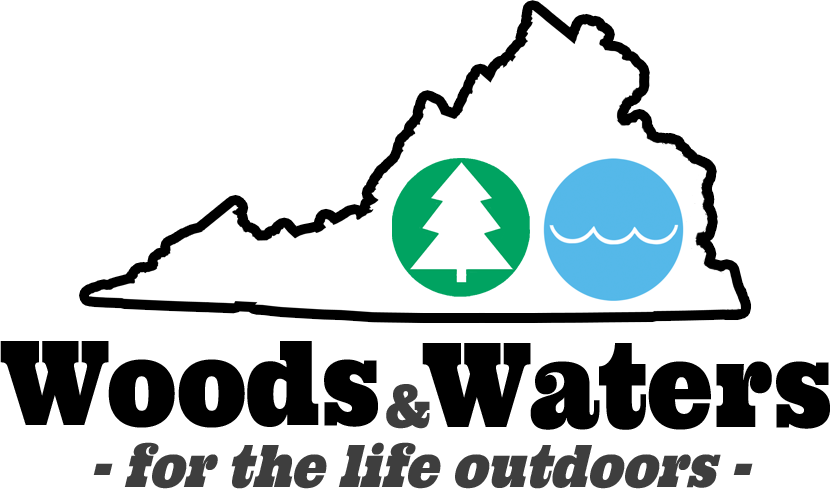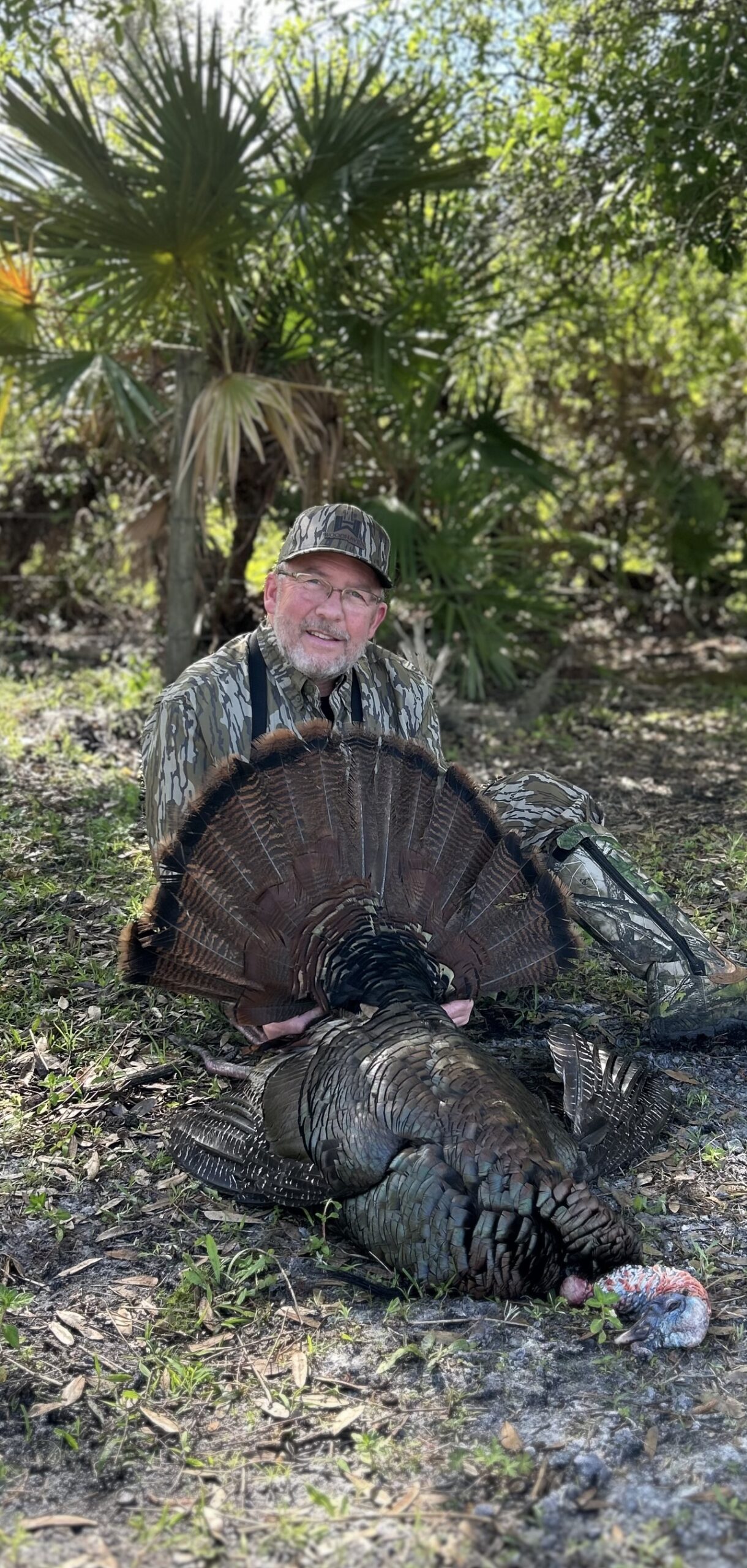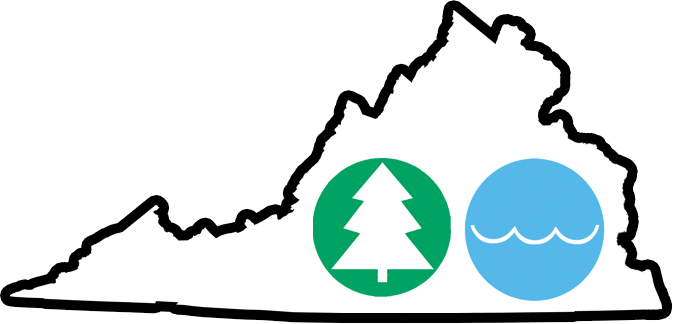By Duane Adams
For this special Bucket List article we join noted Virginia turkey hunter Duane Adams for the start of his quest to complete his fifth Grand Slam. The feat requires the hunter to all North American species of turkey: the eastern, the Osceola, the Merriams and the Rio Grande.
When Andy Williams released the song “It’s The Most Wonderful Time of the Year” he was most certainly referring to Christmas time. However, to the turkey hunter, it’s definitely Spring.
As old man winter starts to retreat, and the days become warmer, our thoughts turn to the spring woods. Those passionate about turkey hunting like myself have been known to spend hours watching YouTube videos of turkey hunting, pulling out our turkey vests in the middle of winter, going through our gear, double checking our ammunition and shotgun in preparation of the hunt, right?
For many hunters, including myself who want to spend as many days in the spring woods as possible, March brings an annual trek to Florida. Here we are in pursuit of the Osceola turkey, which is the first step in a Single Season Grand Slam – a coveted accomplish among devotees of the turkey hunting tradition.
The Osceola wild turkey subspecies is smaller and darker than the highly familiar eastern subspecies. On average, males usually weigh between 15 to 20 pounds, and females weigh eight to 12 pounds. Males have iridescent green and red hues on their feathers; they are not as bronze as the eastern subspecies. Females have a dull feather finish. They can also be distinguished from the eastern turkey by their dark brown tail feather tips, wing bars and primary feathers consisting of more black than white. The Osceola turkey typically also has a shorter beard than the eastern wild turkey but has very long spurs.
Florida provides the opportunity to begin your hunting season in March as a warm-up to your home hunting as the Virginia season begins in April.
Recently, I had the opportunity to head to Florida for my twelfth Osceola hunting trip and I’ll share the adventure with you here in hopes that it inspires you to join me in the great tradition of spring gobbler hunting.
After packing up the truck and headed south fighting traffic on I-95, for some many hours, it was with great excitement that I arrived in Okeechobee, Florida. My first stop is always Pogey’s Family Restaurant to meet up with my hunting buddies for lunch (or a great late breakfast). After catching up on our travels and reliving prior hunts, we on head to camp.
As with any hunt, prior preparation is key to a successful conclusion.
Spending a few days prior to opening day scouting the 7,000-acre dairy farm that I was hunting was a good investment of time. We began to locate birds who were actively strutting, breeding and gobbling – all of the things that make turkey hunting exciting.
Of course, hunting in south Florida brings additional challenges and opportunities. You have to be careful around the swamps to make sure that you’re not standing next to a water moccasin and seeing the occasional alligator slip into a farm pond is not exactly an everyday experience in Virginia. The swarms of mosquitoes that seem to carry hypodermic needles just waiting for you every step of the way are also a challenge.
However, by Friday night, we had come up with a game plan. We had put birds to roost at several different locations. My three hunting companions and I felt confident that opening morning would be exciting with the possibility of once again, hearing those deep gobbles splitting the morning silence as the turkeys began their day.
I got in my position well before daylight, set out a Jake and two hen decoys and settled into my natural blind against a water oak surrounded by palmetto branches stuck into the sandy soil and began the wait.
Being in the warm, tropical South Florida woods one of the first things I did was make sure I turned on my Thermacell to keep the swarms of mosquitoes and gnats at bay. This was an invaluable piece of equipment for the hunt.
My first visitors of the morning were two armadillos that slowly worked their way out of the pasture back into the woods. While not the game animal that I was in Florida to pursue, they are interesting creatures to watch and a sign that the day is starting to begin.
Right on time at 10 minutes ‘till seven I heard my first gobble, a sound that I have been waiting eight months to hear. This was quickly followed by a second and third bird who were roosted where I had expected them to be.
It wasn’t long afterwards I heard the soft tree yelp of a few hens. At this point, I felt I had a good set up, and it was only a matter of time before my season was going to open with a bang.
Surprisingly, about 100 yards to my south I saw a gobbler pitch down into the cow pasture. This bird was not one that I had roosted or was aware of, but it quickly became obvious that this was the dominant Tom as he stood in the field and strutted in a five-yard circle.
However, behind me at about 80 yards, birds continued to gobble and hens continued to tree yelp.
Finally, I heard birds began to fly down from their roosts and could hear the soft cluck of the hens as they began their morning routine.
It was at that point that I made my first call, which was simply a series of soft purrs with a very soft yelp that immediately elicited two strong gobbles from the Toms that were roosted behind me.
From then on, I knew it was just a waiting game.
Over the next 15 to 20 minutes, I could hear the hens yelping and feeding. Slowly moving in my direction with the occasional gobble from the birds with them while the dominant bird continue to strut in the field and gobble on a consistent basis.
It became obvious to me that this group of birds was going to come somewhere near my set up, head into the pasture and head towards the dominant Tom. It was simply a matter of am I the right position to be able to get a shot?
Soon that question was answered as the first two hens appeared and passed within 25 yards of the tree I was sitting against. They were quickly followed by six more hens, and as I looked to my left, there appeared the gobbler that I had traveled 900 miles to meet on that warm Florida Saturday morning.
I silently pushed the safety of my 20-gauge Benelli shotgun into the off position and waited for him to walk into the spot I had picked as my shot zone.
While it seemed to take him hours to cover the last 10 yards, I needed him to go, it actually less than a minute from first seeing him to the shot. Once he was where I wanted him to be I gave soft yelp.
Upon hearing me, he stopped and raised his head to look for that “hen” calling to him. He was 24 yards away and with the gentle pull of the trigger I dropped him on the spot.
Of course, the nearby hens yelped and cackled as they flew off. But for me I took a few minutes against that tree to soak in the experience and rejoice in the knowledge that for me it was another beginning of the most wonderful time of the year.
Editor’s Note: For more from the author on spring gobbler hunting turn to page 24. Questions, comments or want to hunt with Adams? You can contact him at duane_va@outlook.com



